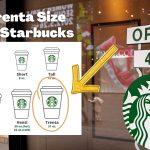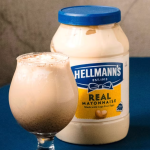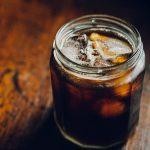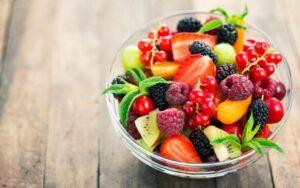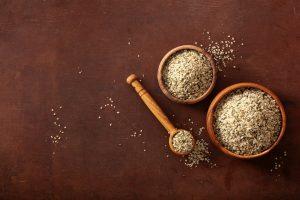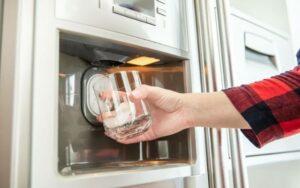As coffee lovers, we often think about the flavor, aroma, and brewing methods of our favorite caffeinated beverage. However, it’s equally important to consider the power consumption of coffee makers when making a purchase.
In this comprehensive guide, we’ll explore the energy consumption of various coffee makers, discuss energy-efficient brands, and offer tips for selecting an eco-friendly model. Let’s dive in!
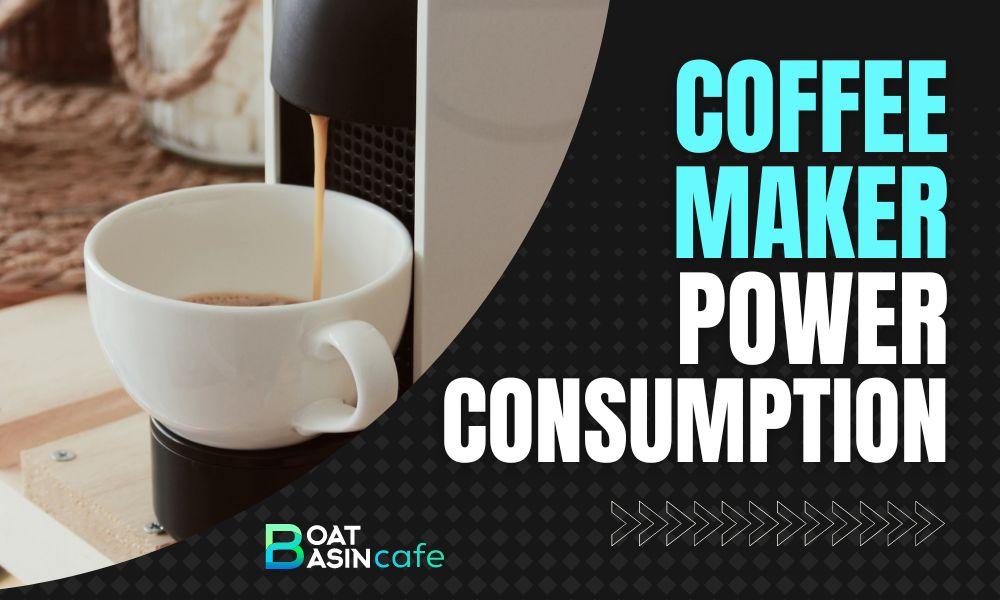
How Much Power does a Coffee Maker Use?
| Coffee Maker Type | Power Consumption (Watts) |
|---|---|
| Drip Coffee Makers | 900 – 1200 |
| Espresso Machines | 1000 – 1500 |
| Single-Serve Pod Machines | 800 – 1400 |
| French Press (Electric Kettle) | ~1000 |
| Percolators | 300 – 600 |
Drip Coffee Makers
Drip coffee makers are among the most common household appliances, using between 900 and 1200 watts per hour.
Espresso Machines
Espresso machines use hot water under high pressure to extract a concentrated coffee. They typically consume between 1000 and 1500 watts, depending on the model and features.
Single-Serve Pod Machines
Single-serve pod machines like Keurig and Nespresso use pre-packaged coffee pods to brew one cup at a time. Their power consumption ranges from 800 to 1400 watts.
French Press
The French press is a manual brewing method that only requires energy to heat the water. An electric kettle can consume around 1000 watts to heat water for a French press.
Percolators
Percolators are older-style coffee makers that continuously circulate hot water through coffee grounds. They use approximately 300 to 600 watts, depending on the model.
Top Energy-Efficient Coffee Maker Brands

Each coffee maker brand offers unique features and benefits, making them energy-efficient in various ways. To help you choose the best brand for your needs, let’s dive deeper into the top energy-efficient coffee maker brands:
Keurig
Keurig is a eading manufacturer of single-serve coffee makers, known for its extensive range of K-Cup pod-compatible machines. Keurig’s energy-efficient models boast Energy Star certification, ensuring they meet the strict guidelines set by the U.S. Environmental Protection Agency (EPA). Key energy-saving features in Keurig machines include auto shut-off after a set time and low standby power consumption. Additionally, some models offer a “Strong Brew” setting that uses less water, further reducing energy use.
Nespresso
Nespresso,a popular brand for single-serve espresso machines, focuses on delivering high-quality coffee and eco-friendly solutions. Their machines are designed with an automatic power-off feature, switching off after a period of inactivity (typically 9 minutes), saving energy. Nespresso also emphasizes sustainable practices, such as recycling aluminum capsules and promoting responsible coffee sourcing. Their machines offer fast heat-up times, which means less energy is spent waiting for your coffee.
Breville
Breville, a well-known brand for a variety of kitchen appliances, offers energy-saving espresso machines with advanced features. Many Breville espresso machines include auto shut-off and low standby power consumption, conserving energy when not in use. Furthermore, Breville machines often incorporate precise temperature control, ensuring optimal extraction and energy efficiency during the brewing process.
Hamilton Beach
Hamilton Beach produces a wide range of coffee makers, from single-serve to multi-cup models. Their energy-efficient coffee makers include energy-saving modes that reduce power usage when not in use. Many Hamilton Beach models also come with programmable timers, allowing you to schedule brewing times and minimize the time the machine is powered on. Additionally, some models use thermal carafes to keep coffee warm without consuming extra energy.
Cuisinart
Cuisinart’s coffee makers offers various coffee makers, from drip to grind-and-brew models, all designed with energy-saving features in mind. Cuisinart’s coffee makers include auto-off functions, programmable start times, and thermal carafes, which contribute to their energy efficiency. Some Cuisinart models also have a “1-4 cup” setting that adjusts the brewing process for smaller quantities, reducing energy consumption when brewing less coffee.
Tips for Choosing an Energy-Efficient Coffee Maker
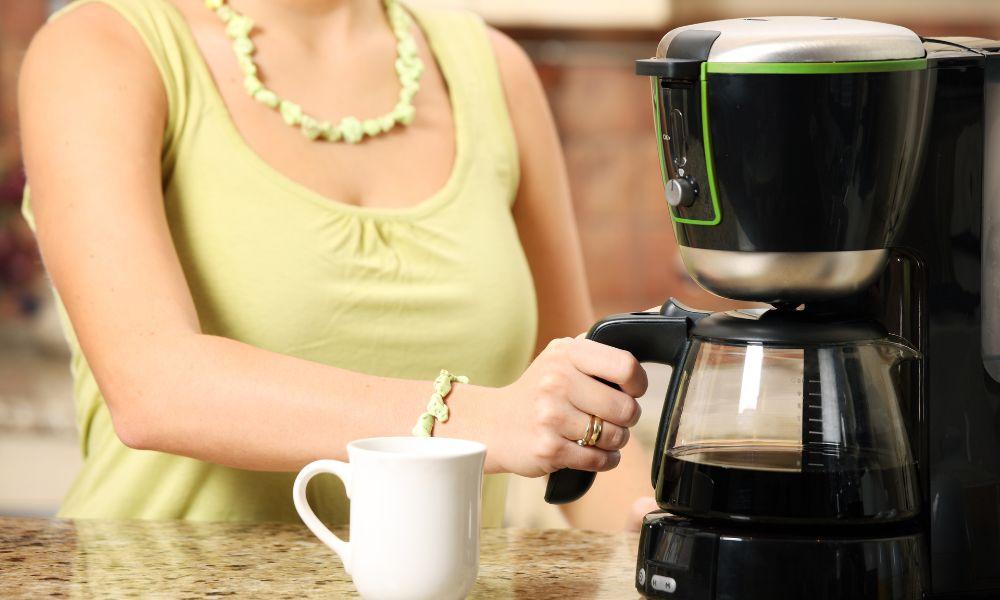
Features to Look For
When shopping for an energy-efficient coffee maker, look for features like auto shut-off, programmable start times, and thermal carafes.
Importance of Energy Star Ratings
Energy Star ratings indicate that a coffee maker meets strict energy efficiency guidelines set by the U.S. Environmental Protection Agency (EPA). Choosing an Energy Star-certified coffee maker ensures you’re purchasing an energy-saving appliance.
Size and Capacity Considerations
Consider the size and capacity of the coffee maker, as brewing smaller amounts can save energy. Opt for a coffee maker that fits your household’s needs to avoid wasting electricity.
How to Save Energy with Your Coffee Maker
Brewing Habits
To save energy, only brew the amount of coffee you need and avoid using the keep-warm feature. Instead, use a thermal carafe to keep your coffee warm without consuming extra electricity.
Regular Maintenance
Regularly cleaning and descaling your coffee maker will ensure optimal performance and energy efficiency.
Turning Off When Not in Use
Unplug your coffee maker or switch off the power when not in use to save energy.
Conclusion
Understanding the power consumption of coffee makers is crucial for making informed purchasing decisions and reducing our environmental impact. By choosing energy-efficient models from brands like Keurig, Nespresso, Breville, Hamilton Beach, and Cuisinart, we can enjoy our favorite cup of coffee while minimizing electricity usage. Additionally, adopting energy-saving habits like brewing only the necessary amount, maintaining the appliance, and turning off the machine when not in use can further reduce power consumption.
As we strive to be more eco-conscious, it’s essential to consider the power consumption of our appliances. By selecting an energy-efficient coffee maker and following the tips outlined in this guide, we can enjoy our daily caffeine fix while contributing to a more sustainable future. Cheers to that!
FAQs
Which type of coffee maker is the most energy-efficient?
Manual methods like the French Press are generally the most energy-efficient since they only require energy to heat the water.
How can I reduce the energy consumption of my coffee maker?
Some ways to reduce energy consumption include turning off the keep-warm feature, using a thermal carafe, brewing only the amount of coffee needed, and unplugging the coffee maker when not in use.
Does using a coffee maker with a higher wattage always result in higher energy consumption?
Not necessarily. A higher wattage may result in faster brewing times, which could offset the increased power usage.
How does the energy consumption of a coffee maker affect the environment?
Energy consumption contributes to greenhouse gas emissions and climate change. Reducing the power usage of coffee makers can help lower our carbon footprint.
Is it more energy-efficient to use a coffee maker or boil water on the stove for a French Press?
It depends on your stove’s efficiency and the coffee maker’s power usage. Generally, using an electric kettle is more energy-efficient than boiling water on the stove.
